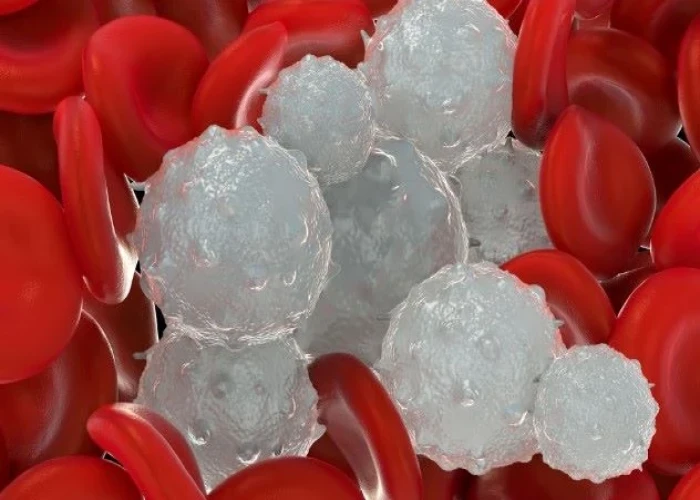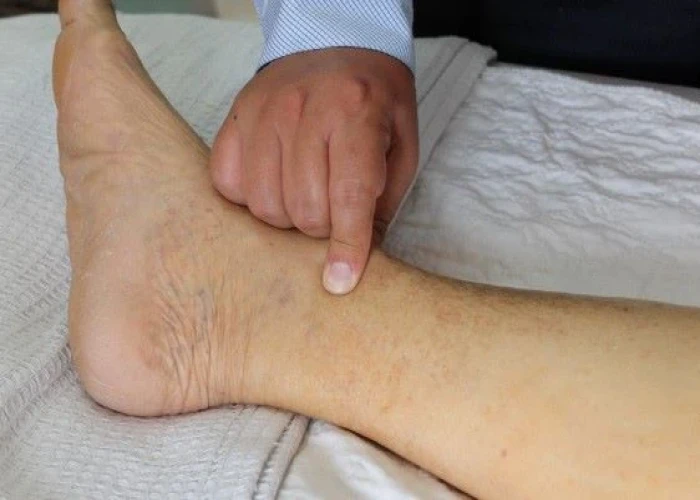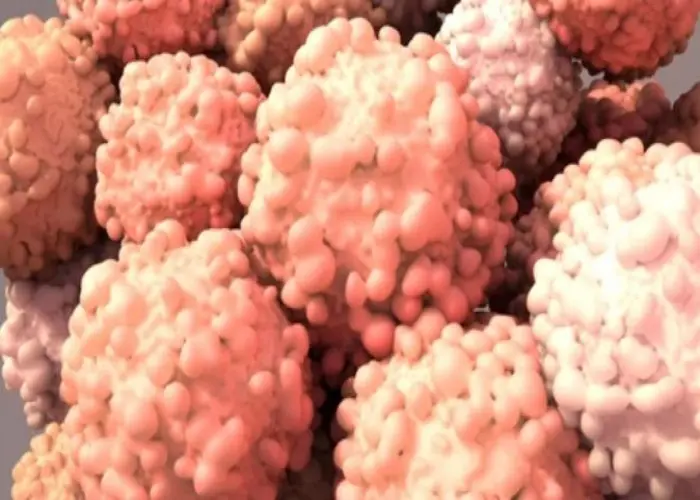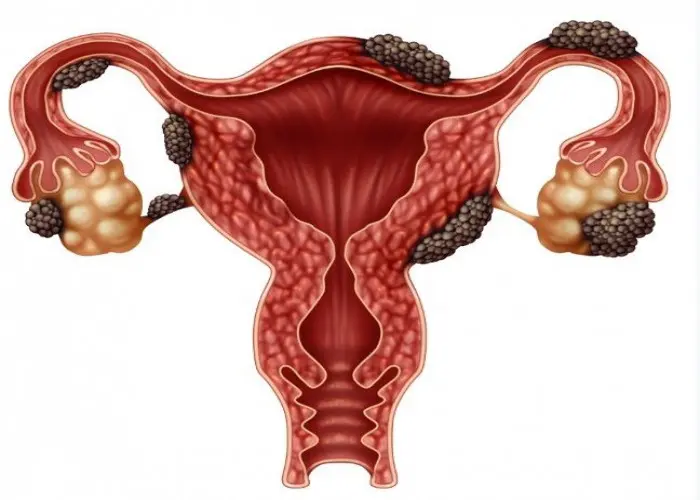 Welcome
Welcome
“May all be happy, may all be healed, may all be at peace and may no one ever suffer."
Dysphagia

Dysphagia is a medical condition characterized by difficulty or discomfort in swallowing. This can occur at any point during the swallowing process, from the mouth to the stomach. Dysphagia can be caused by a wide range of factors, including neurological disorders, structural abnormalities, muscle weakness, and other medical conditions.
Symptoms of dysphagia may include coughing or choking while eating or drinking, feeling like food is stuck in the throat, regurgitation of food, a feeling of fullness in the throat or chest, and weight loss. Dysphagia can lead to dehydration, malnutrition, and other complications if left untreated.
Treatment for dysphagia depends on the underlying cause and severity of the condition. In some cases, dietary modifications, such as eating softer foods or taking smaller bites, can help. Speech therapy and exercises to strengthen the swallowing muscles may also be helpful. In more severe cases, medical or surgical interventions may be necessary. It is important to consult a healthcare professional if you are experiencing any symptoms of dysphagia.
Research Papers
Disease Signs and Symptoms
- Difficulty swallowing (dysphagia)
- Hoarseness
- Backflow of undigested food (regurgitation)
- Heartburn
- Weight loss
- Having the sensation of food getting stuck in your throat or chest or behind your breastbone (sternum)
- Having to cut food into smaller pieces or avoiding certain foods because of trouble swallowing
Disease Causes
Dysphagia
Swallowing is complex, involving many muscles and nerves. Any condition that weakens or damages the muscles and nerves used for swallowing or leads to a narrowing of the back of the throat or esophagus can cause dysphagia.
Dysphagia generally falls into one of the following categories.
Esophageal dysphagia
Esophageal dysphagia refers to the sensation of food sticking or getting caught in the base of your throat or in your chest after you've started to swallow. Some of the causes of esophageal dysphagia include:
- Achalasia. When the lower esophageal muscle (sphincter) doesn't relax properly to let food enter the stomach, it can cause food to come back up into the throat. Muscles in the wall of the esophagus might be weak as well, a condition that tends to worsen over time.
- Diffuse spasm. This condition causes high-pressure, poorly coordinated contractions of the esophagus, usually after swallowing. Diffuse spasm affects the involuntary muscles in the walls of the lower esophagus.
- Esophageal stricture. A narrowed esophagus (stricture) can trap large pieces of food. Tumors or scar tissue, often caused by gastroesophageal reflux disease (GERD), can cause narrowing.
- Esophageal tumors. Difficulty swallowing tends to get progressively worse when esophageal tumors are present due to narrowing of the esophagus.
- Foreign bodies. Sometimes food or another object can partially block the throat or esophagus. Older adults with dentures and people who have difficulty chewing their food may be more likely to have a piece of food become lodged in the throat or esophagus.
- Esophageal ring. A thin area of narrowing in the lower esophagus can cause difficulty swallowing solid foods off and on.
- GERD. Damage to esophageal tissues from stomach acid backing up into the esophagus can lead to spasm or scarring and narrowing of the lower esophagus.
- Eosinophilic esophagitis. This condition, which might be related to a food allergy, is caused by too many cells called eosinophils in the esophagus.
- Scleroderma. Development of scar-like tissue, causing stiffening and hardening of tissues, can weaken the lower esophageal sphincter. As a result, acid backs up into the esophagus and causes frequent heartburn.
- Radiation therapy. This cancer treatment can lead to inflammation and scarring of the esophagus.
Oropharyngeal dysphagia
Certain conditions can weaken the throat muscles, making it difficult to move food from your mouth into your throat and esophagus when you start to swallow. You might choke, gag or cough when you try to swallow or have the sensation of food or fluids going down your windpipe (trachea) or up your nose. This can lead to pneumonia.
Causes of oropharyngeal dysphagia include:
- Neurological disorders. Certain disorders — such as multiple sclerosis, muscular dystrophy and Parkinson's disease — can cause dysphagia.
- Neurological damage. Sudden neurological damage, such as from a stroke or brain or spinal cord injury, can affect the ability to swallow.
- Pharyngoesophageal diverticulum (Zenker's diverticulum). A small pouch that forms and collects food particles in the throat, often just above the esophagus, leads to difficulty swallowing, gurgling sounds, bad breath, and repeated throat clearing or coughing.
- Cancer. Certain cancers and some cancer treatments, such as radiation, can cause difficulty swallowing.
Disease Prevents
Dysphagia
Although swallowing difficulties can't be prevented, you can reduce your risk of occasional difficulty swallowing by eating slowly and chewing your food well. However, if you have signs or symptoms of dysphagia, see your health care provider.
If you have GERD, see your health care provider for treatment.
Disease Treatments
Treatment for dysphagia depends on the type or cause of your swallowing disorder.
Oropharyngeal dysphagia
For oropharyngeal dysphagia, your health care provider might refer you to a speech or swallowing therapist. Therapy might include:
- Learning exercises. Certain exercises might help coordinate your swallowing muscles or restimulate the nerves that trigger the swallowing reflex.
- Learning swallowing techniques. You might also learn ways to place food in your mouth or position your body and head to help you swallow. Exercises and new swallowing techniques might help if your dysphagia is caused by neurological problems such as Alzheimer's disease or Parkinson's disease.
Esophageal dysphagia
Treatment approaches for esophageal dysphagia might include:
- Esophageal dilation. For a tight esophageal sphincter (achalasia) or an esophageal stricture, your health care provider might use an endoscope with a special balloon attached to gently stretch and expand your esophagus or pass a flexible tube or tubes to stretch the esophagus (dilation).
- Surgery. For an esophageal tumor, achalasia or pharyngoesophageal diverticulum, you might need surgery to clear your esophageal path.
- Medications. Difficulty swallowing associated with GERD can be treated with prescription oral medications to reduce stomach acid. You might need to take these medications for a long time.
- Corticosteroids might be recommended for eosinophilic esophagitis. For esophageal spasm, smooth muscle relaxants might help.
- Diet. Your health care provider might prescribe a special diet to help with your symptoms, depending on the cause of the dysphagia. If you have eosinophilic esophagitis, diet might be used as treatment.
Severe dysphagia
If difficulty swallowing prevents you from eating and drinking enough and treatment doesn't allow you to swallow safely, your health care provider might recommend a feeding tube. A feeding tube provides nutrients without the need to swallow.
Surgery
Surgery might be needed to relieve swallowing problems caused by throat narrowing or blockages, including bony outgrowths, vocal cord paralysis, pharyngoesophageal diverticula, GERD and achalasia, or to treat esophageal cancer. Speech and swallowing therapy is usually helpful after surgery.
The type of surgical treatment depends on the cause of dysphagia. Some examples are:
- Laparoscopic Heller myotomy. This involves cutting the muscle at the lower end of the esophagus (sphincter) when it fails to open and release food into the stomach in people who have achalasia.
- Peroral endoscopic myotomy (POEM). The surgeon or gastroenterologist uses an endoscope inserted through the mouth and down the throat to create an incision in the inside lining of the esophagus to treat achalasia Then, as in a Heller myotomy, the surgeon or gastroenterologist cuts the muscle at the lower end of the esophageal sphincter.
- Esophageal dilation. The health care provider inserts a lighted tube (endoscope) into the esophagus and inflates an attached balloon to stretch it (dilation). This treatment is used for a tight sphincter muscle at the end of the esophagus (achalasia), a narrowing of the esophagus (esophageal stricture), an abnormal ring of tissue located at the junction of the esophagus and stomach (Schatzki's ring), and motility disorders. Long flexible tubes of varying diameter also may be inserted through the mouth into the esophagus to treat strictures and rings.
- Stent placement. The health care provider can also insert a metal or plastic tube (stent) to prop open a narrowing or blocked esophagus. Some stents are permanent, such as those for people with esophageal cancer, while others are removed later.
- OnabotulinumtoxinA. This can be injected into the muscle at the end of the esophagus (sphincter) to cause it to relax, improving swallowing in achalasia. Less invasive than surgery, this technique might require repeat injections. More study is needed.
Disease Diagnoses
Disease Allopathic Generics
Disease Ayurvedic Generics
Disease Homeopathic Generics
Disease yoga
Dysphagia and Learn More about Diseases

Blastocystis hominis

Paget's disease of the breast

Pediatric white blood cell disorders

Nephrotic syndrome

Borderline personality disorder

Brain metastases

X-linked agammaglobulinemia

Endometriosis
dysphagia, ডিসফ্যাগিয়া
To be happy, beautiful, healthy, wealthy, hale and long-lived stay with DM3S.
